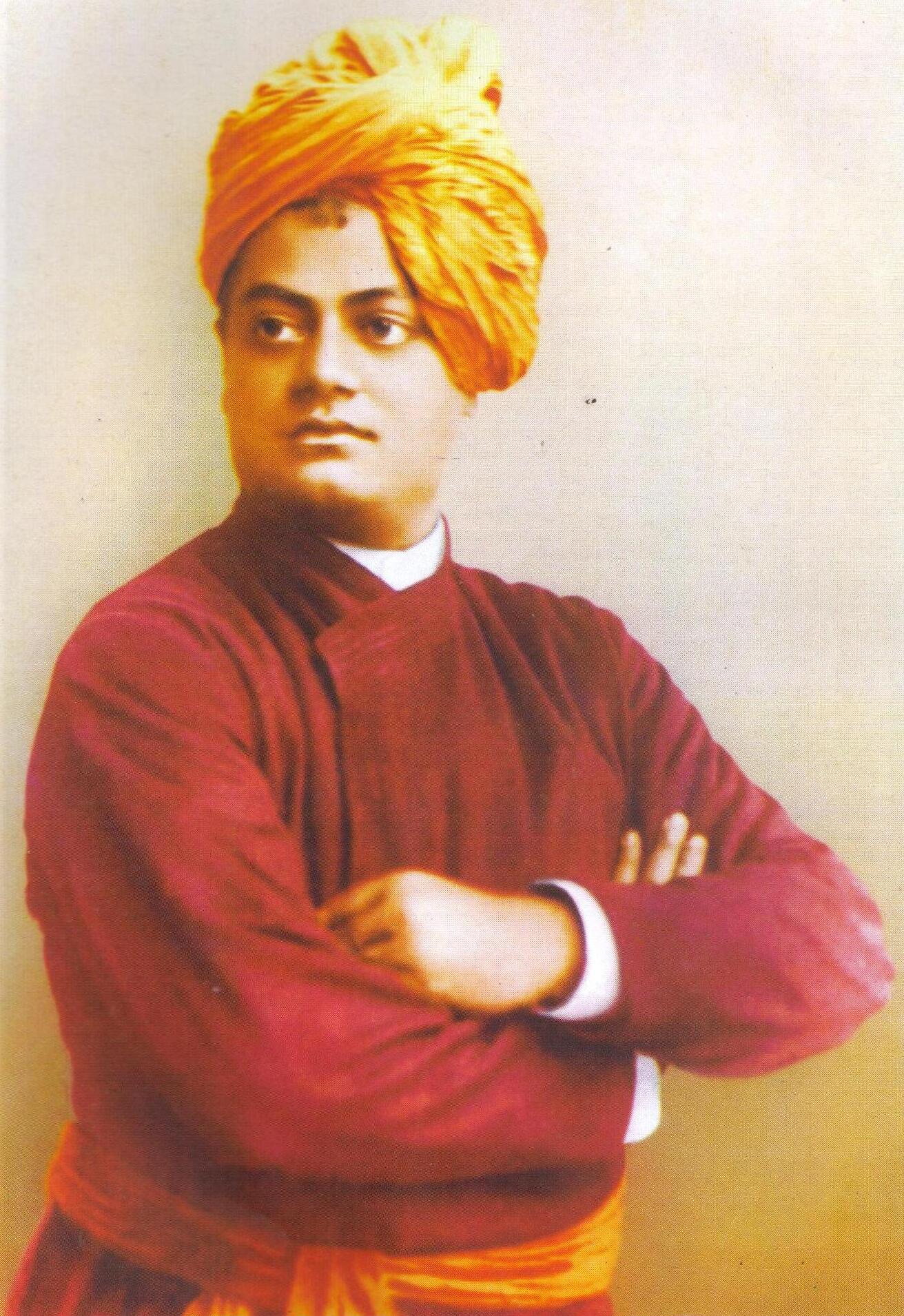To change things up, I've decided to make a top ten list (for the buzzfeed-inclined). It started as a top ten list for foods served at the canteen, until I couldn't think of ten different foods (variety is lacking). Luckily, I've found some other eating options around town.
10. Dosa: A breakfast food made from some sort of fermented flour served with a savory tomato sauce and chutney. Something about tomato sauce for breakfast just isn't right.
9. Chapati with Sagu: A thin, almost tortilla-like bread used to pick up bits of sagu, a thick, chunky, vegetable sauce and paela, a mixture of chopped vegetables and sometimes lentils. I think I overdid it on the chapati when I arrived since it is served for lunch and dinner daily (either the one-chapati meal or two-chapati meal; I think McDonalds should invest in developing it).
8. Gobi: The first street food I tried, made from breaded and fried cauliflower, that is further fried with a spicy red sauce that almost has a barbeque flavor, and definitely has a spicy kick.
 |
| My favorite gobi guy. |
7. Breakfast Rice (for lack of a better name): The rice served at breakfast is always seasoned with something, but it rotates on a daily basis. Some are spicy, others have a definite tomato flavor, one is made with a lot of cardamom, and my favorite has peanuts in it. It's usually pretty good (once again, getting over the fact that it is savory, spicy food for breakfast).
6. Roti: Another thin tortilla-like food, but made from smashed rice and seasoned with onions and chilies- much more flavorful than chapati. My friend in Saragur, Priya, made it for me in her home.
 |
| Amy, the other med student who was here when I arrived, enjoying roti while teaching english. |
5. Rice and Sambar: The staple of my diet for the past week has been "half rice" (indicating that I don't need the gigantic portion that they typically serve). At lunch and dinner, there is always plain white rice with a side sambar, a thinner sauce related to sagu, but with fewer chunks. It is also customary to eat curd (yogurt) with rice, but I usually get it on the side and drink it plain.
4. Pani Puri: My favorite street food, small hollow puff pastries filled with chickpeas, a salad of chopped carrots and onions and crunchy bits, and a sauce to drizzle over the top. The only problem is that they are meant to be eaten in one bite, which I definitely cannot do.
3. Masala Dosa: A breakfast food that almost reminds me of home. It's made with the same fermented flour as the dosa listed above, but is fried, more like a pancake, and filled with a mixture of potatoes and caramelized onions.
2. Ice cream: I love ice cream, no matter where I am. Earlier this week, the canteen got a shipment of ice cream, so I've been enjoying it daily, but the best I've had is this falooda, a sundae concoction including vanilla and mango ice cream, jello chunks, bits of fresh and dried fruits, and little noodles.
 |
| Technically, this was at a fancy place in Mysore. |
1. Jamoon with tea or coffee: A jamoon is like a little doughnut hole served swimming in syrup. It's best with one of the tiny, sweet, milky cups of coffee or tea that I have daily. Tea break is alive and well.
Honorable Mention: Domino's in Mysore for their "Cloud 9" Pizza, complete with baby corn and paneer. The crust was remarkably similar to the US, though.
(i apologize for spelling errors- I've never seen most of these names written).
















